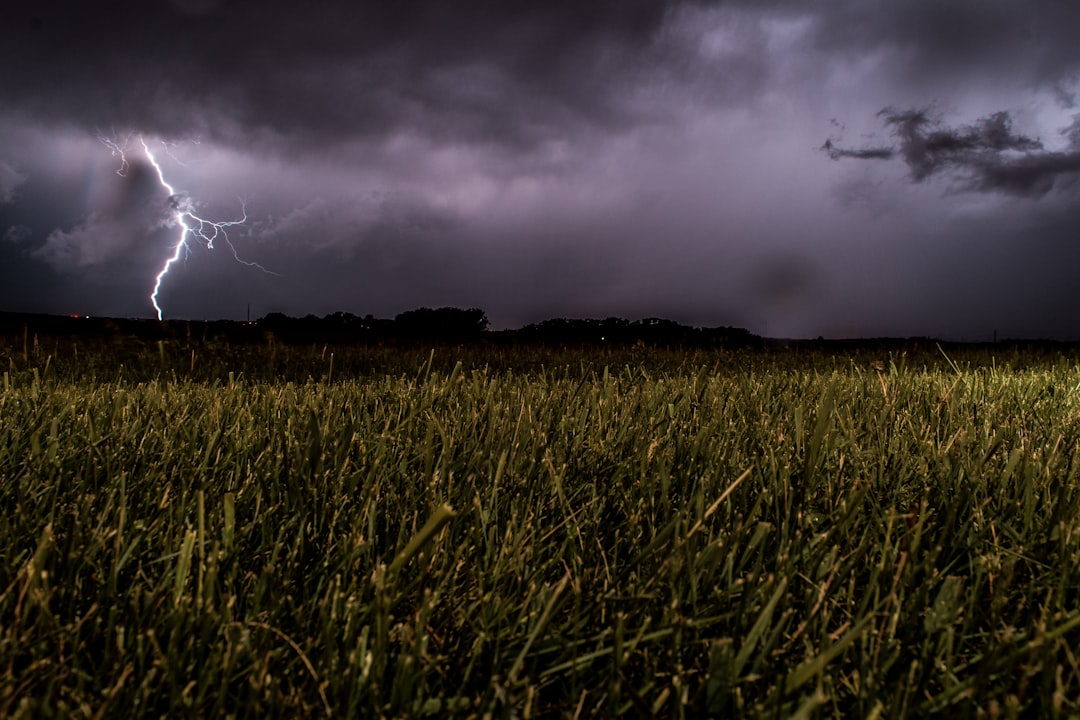What is it about?
Low-pressure systems (LPS) are synoptic-scale monsoon disturbances responsible for strong organized convection and constitute a major fraction of summer rainfall over the Indian subcontinent. Understanding the genesis and evolution of LPS is essential for improving the predictability of severe weather events during the monsoon season. The LPS systems over the Bay of Bengal are classified into two categories based on the initiation—those generated by local atmospheric instability (in situ type) and those amplified from propagating disturbances from the western North Pacific (WNP) (downstream amplified type). This study focuses on downstream LPS that account for around one-third of the total LPS. The extratropical stratospheric air can intrude into the tropical troposphere, and our analysis, using downstream LPS initiation data compiled by a previous study, reveals that 43% of downstream LPS are triggered by these intrusions over the WNP. The downstream vortices are observed to initiate and intensify to the southwest of these intrusions. The temperature and vertical wind anomalies associated with these intrusions could initiate low-level vortices, which are further intensified by processes related to deep convection. The background environment conditions and the vertical extent and magnitude of these intrusions determine the effectiveness of the associated processes.
Featured Image

Photo by Ganesh Partheeban on Unsplash
Why is it important?
The study, for the first time, brings out the role of extratropical stratospheric intrusions in triggering low-level vortex seeds over the western North Pacific (WNP). Forty-three percent of the downstream low-pressure systems are caused by the extratropical stratospheric air intrusions over the WNP Low-level cyclonic vortices are induced by dynamic lifting to the southwest of the extratropical stratospheric air intrusions.
Read the Original
This page is a summary of: Extratropical Stratospheric Air Intrusions Over the Western North Pacific and the Genesis of Downstream Monsoon Low‐Pressure Systems, Geophysical Research Letters, December 2022, American Geophysical Union (AGU),
DOI: 10.1029/2022gl100976.
You can read the full text:
Contributors
The following have contributed to this page










